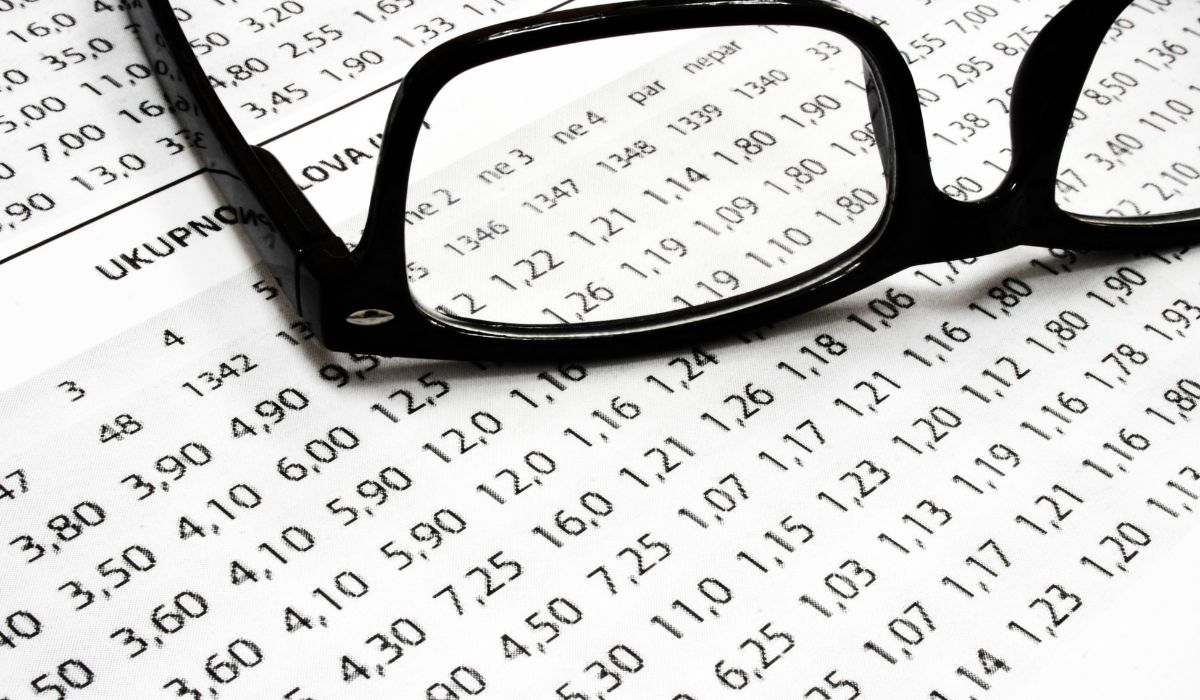When it comes to sports betting, understanding odds is crucial. Odds indicate the likelihood of an event happening and the potential payout you could receive. Whether you’re a beginner or looking to enhance your betting knowledge, learning how to read odds is essential. Let’s dive into the basics of odds and how to interpret them.
How to Read Odds in Betting?
Odds represent the bookmaker’s assessment of an event’s probability. They are presented in different formats, including fractional, decimal, and American odds. These formats convey the same information but are calculated differently. Let’s explore each format and how to decipher them.
1. Fractional Odds
Fractional odds are commonly used in the UK and are presented as fractions, such as 3/1, 5/2, or 1/4. The first number indicates the potential profit, and the second number represents the stake needed to achieve that profit. For instance, if you bet $10 on odds of 3/1, you would win $30 (profit) plus your original $10 stake.
2. Decimal Odds
Decimal odds are prevalent in Europe and are expressed as decimal numbers, like 4.00, 2.50, or 1.25. To calculate your potential payout, you simply multiply your wager by the decimal odds. For instance, a $20 bet on odds of 2.50 would result in a total payout of $50 ($20 x 2.50).
3. American Odds
American odds, also known as moneyline odds, are used primarily in the US. Positive (+) and negative (-) symbols indicate the likelihood of winning or losing $100. Positive odds (e.g., +250) indicate potential profit on a $100 bet, while negative odds (e.g., -150) show the amount you need to bet to win $100.
Interpreting Odds and Probability
Understanding odds goes hand-in-hand with assessing probability. The lower the odds, the higher the probability of the event occurring according to the bookmaker. Higher odds suggest lower likelihood. It’s essential to compare odds across different bookmakers to find the best value.
Calculating Potential Profits
Calculating potential profits is straightforward with odds. For fractional odds, divide the first number by the second and multiply by your stake. With decimal odds, multiply your stake by the odds. American odds of -150 mean you need to bet $150 to win $100, while +250 indicates a potential profit of $250 on a $100 bet.
Conclusion
Understanding how to read odds in betting is crucial for making informed decisions. Whether you prefer fractional, decimal, or American odds, the key is to grasp the relationship between the odds, probability, and potential payouts. With this knowledge, you’ll be better equipped to navigate the world of sports betting with confidence.

